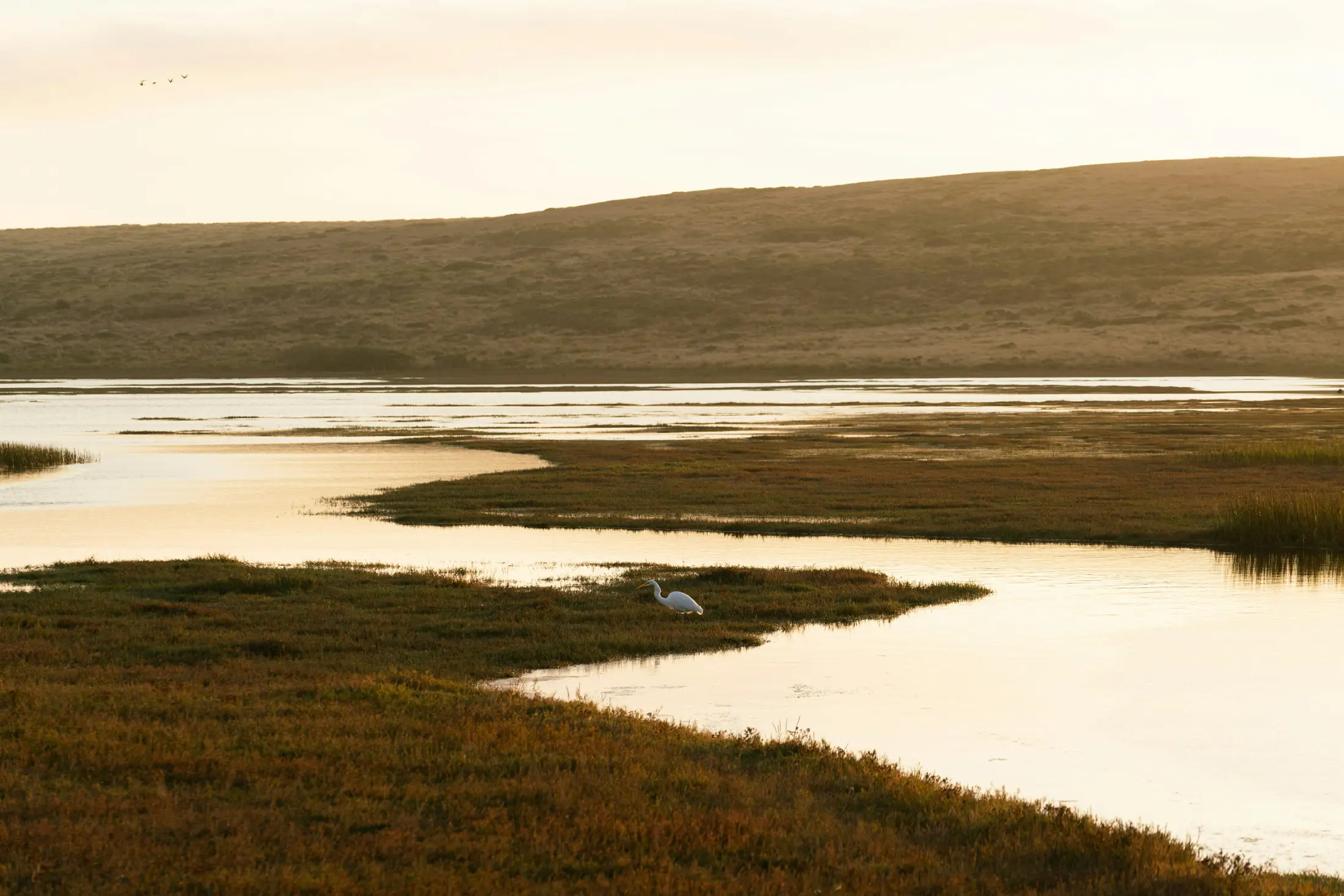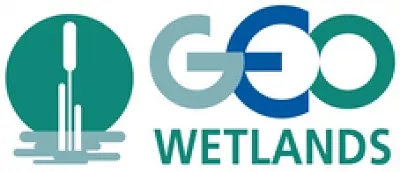Assessment of land transformation in the Kilombero Valley, Tanzania: Kilombero is the largest seasonal wetland in East Africa. It was chosen as a test-site in the SWOS project and different methods were applied to assess the changes that took place in the area from the 1990’s to now. Tanzanian customers received all products and conclusions. SWOS products were used as information products in the Ramsar Advisory Mission Report on Kilombero's status. In turn, authorities use these reports to estimate the ecosystem's ability to transition from traditional (and inefficient) to more modern agricultural practices. SWOS products are also used to resolve property rights disputes by determining what areas are being cultivated and when. Certain areas identified as not yet cultivated or not suitable for agriculture are being considered for protection regimes based on these products.
Satellite-based characterization of Rwandan wetlands: Remote sensing in support of sustainable wetland management: The East African country of Rwanda is also called ‘Land of the Thousand Hills’ – with just as many wetlands. The project Copernicus-based Detection and Monitoring of tropical wetlands in Rwanda (DeMo-Wetlands) was conducted at the University of Bonn and Remote Sensing Solutions GmbH from 2016 to 2019. DeMo-Wetlands adopted and successfully applied a comprehensive, flexible, and applicable approach to wetland characterization at the national scale of Rwanda. The layers formed, reflecting the complexity of wetland ecosystems, can support a variety of management issues and thus foster sustainable wetland management. A detailed wetland inventory was created, which can be used as a baseline for future wetland monitoring. Transfer of project results to other countries is desirable and is expected to be facilitated by the complementarity of wetland-related projects across the continent.
Wetlands Monitoring with Earth Observation Data in Uganda: The objective of this project is to explore the potential of Earth observation (EO) satellite data for taking stock of, and monitoring, wetlands, a vital component of the global water resources ecosystem. The final deliverables from the project include:
- Toolbox for wetland inventory mapping, based on the GlobWetland Toolbox, with extended functionality for reporting on SDG 6.6.1
- Baseline wetland inventory map for Uganda based on Sentinel-1 and Sentinel-2 data for 2016 and 2017. Validation has been performed incorporating in situ data collected by the Ministry of Water and Environment and RAMCEA.
- Online portal for SDG reporting on SDG indicator 6.6.1 on Wetland extent http://uganda-wetlands.dhigroup.com/
- Training of national stakeholders in Uganda, as well as from the other RAMCEA countries
- A “lessons learned”-document and a “Roadmap”-document for roll-out of method, toolbox and online platform to the other RAMCEA countries.


